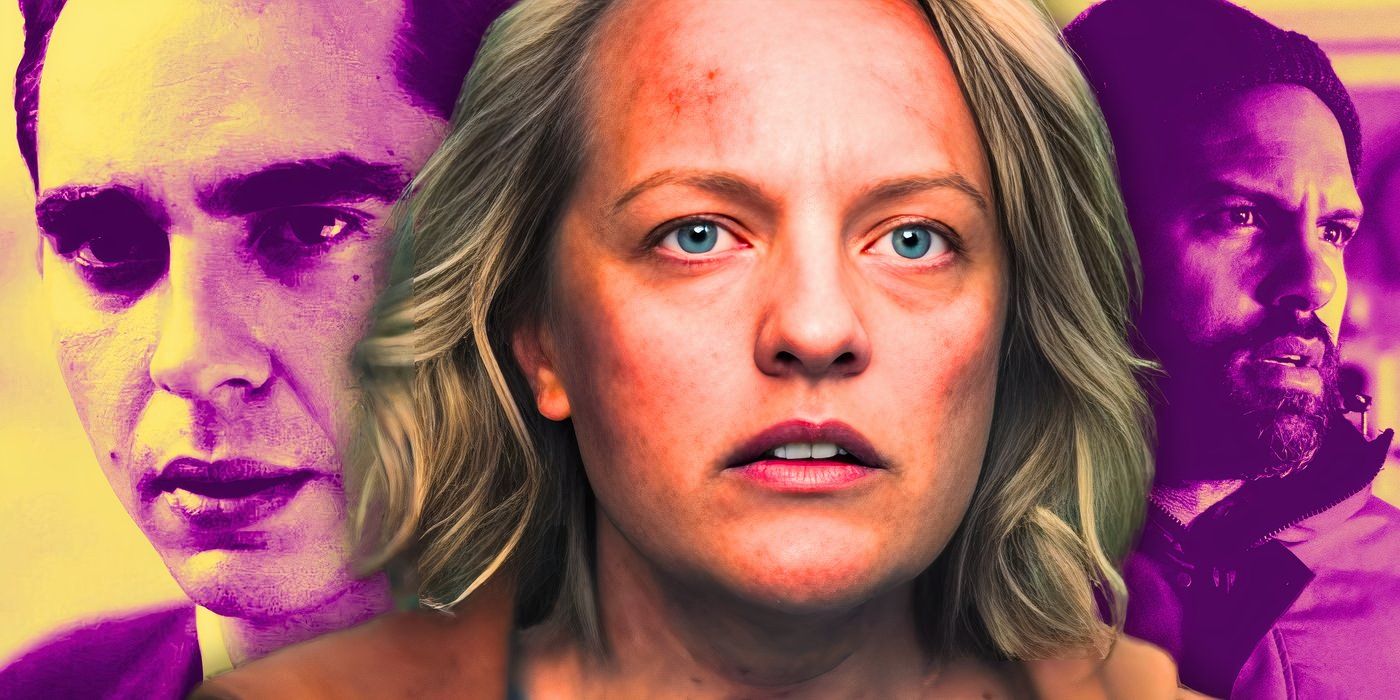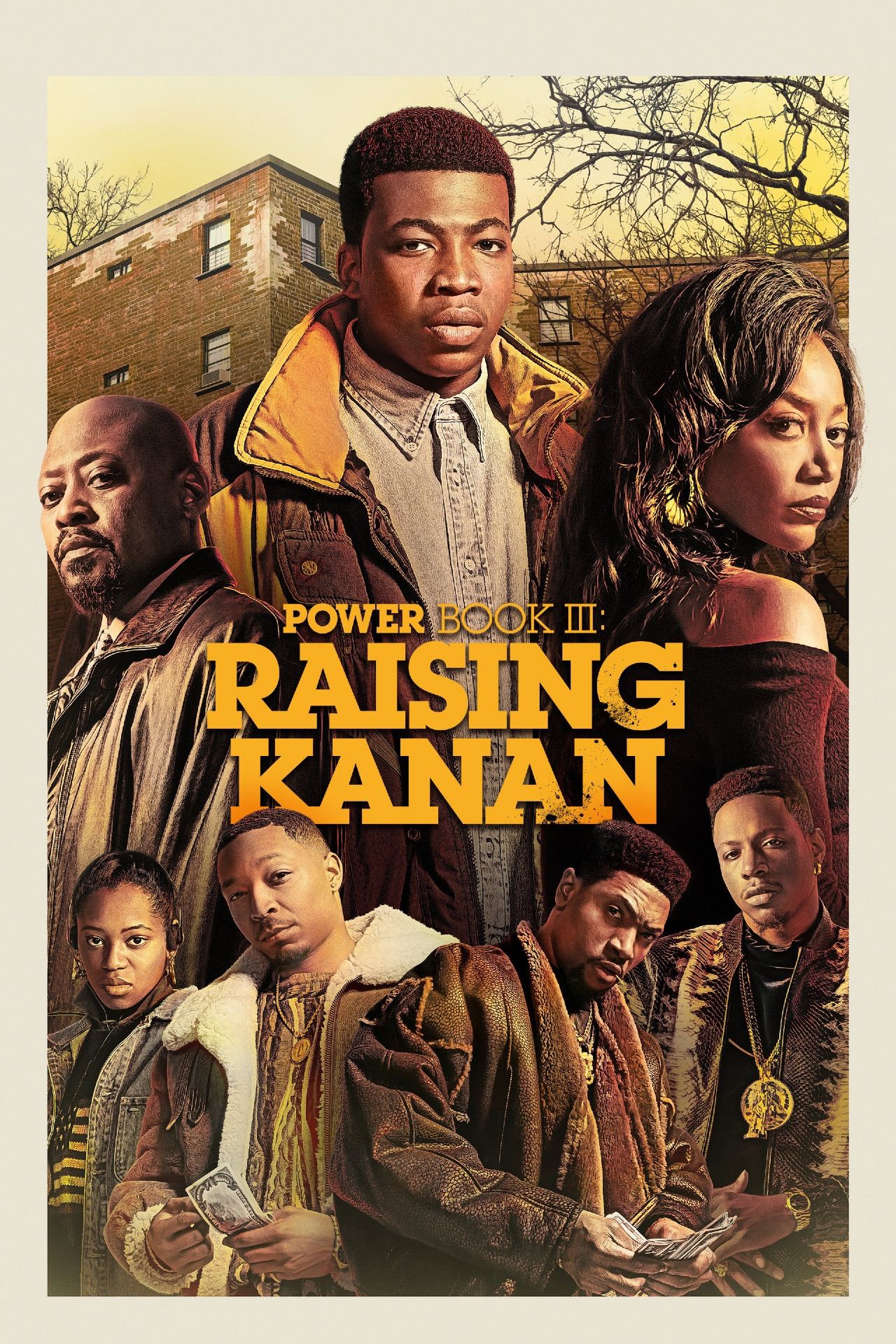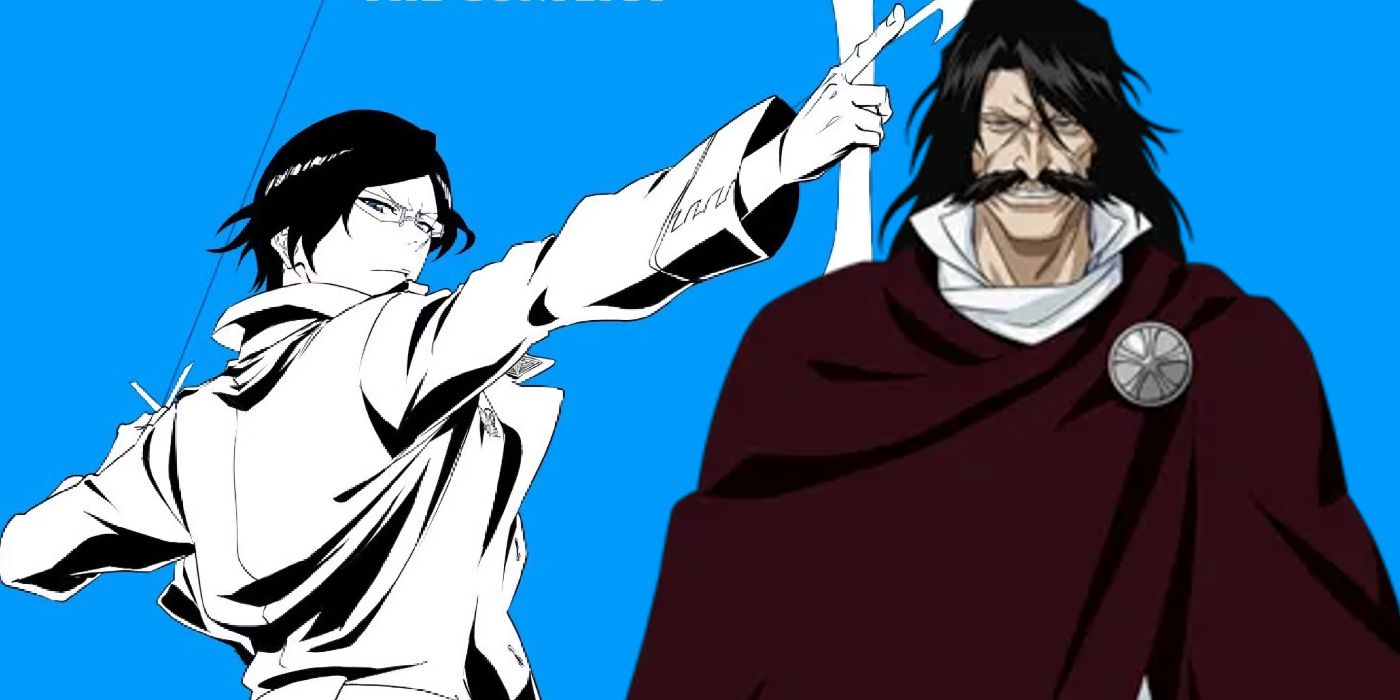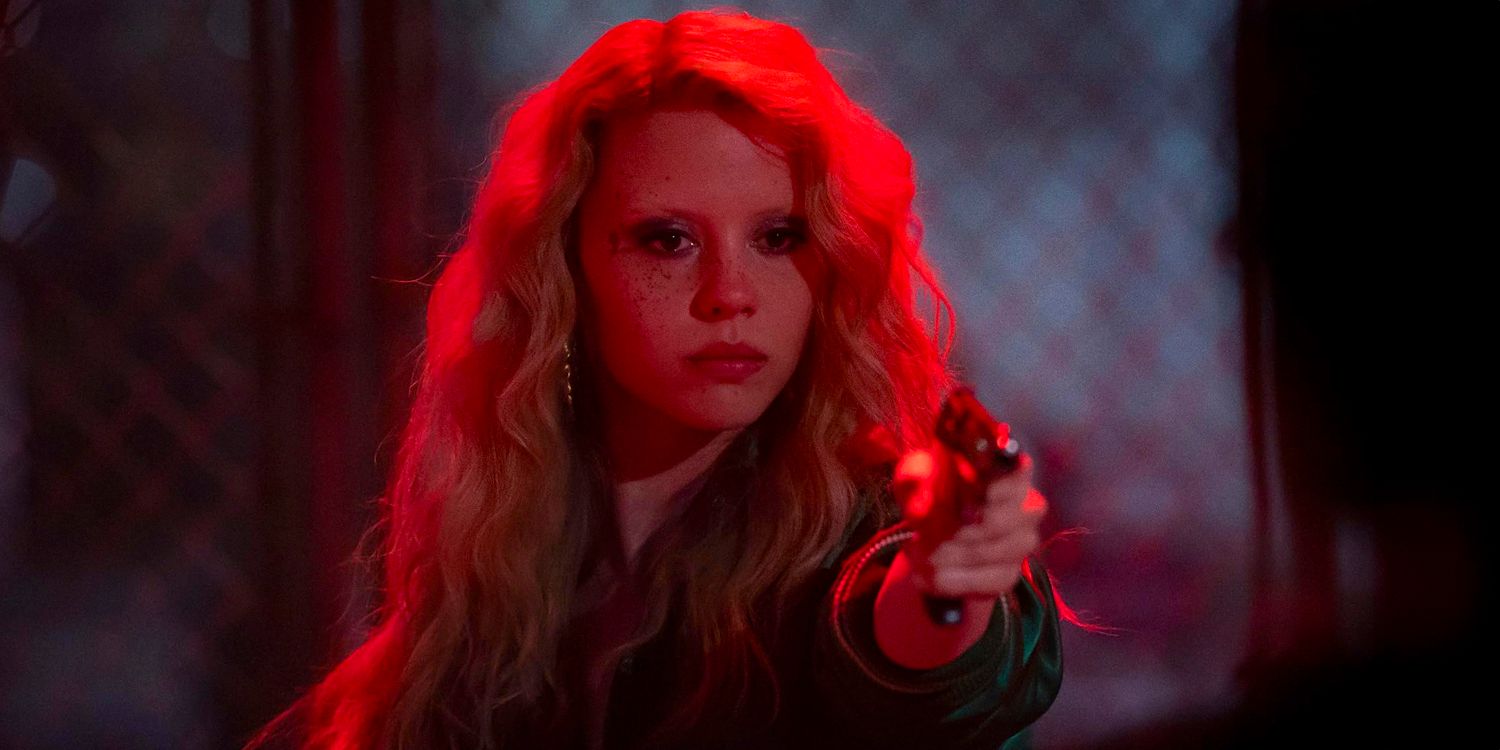Warning: Contains SPOILERS for Leave the World Behind.
As established in Leave the World Behind‘s ending, there is more to its Friends references than meets the eye. Adapted from Rumaan Alam’s eponymous book, Leave the World Behind initially seems to unfold like a typical apocalypse thriller where a family of four gets stuck with a father-daughter duo during a nationwide blackout. However, what seemingly begins as a psychological drama takes an intriguing turn when the movie draws several pop-culture references to hold up a mirror of the impact of media and technology on the world.
From Donnie Darko to Fight Club, from Mr. Robot to The West Wing, Leave the World Behind draws references to several shows and movies to nail down its overarching themes. However, its most intriguing reference is the one tied to Friends, not only because Julia Roberts was a cast member in the series but also because it perfectly captures the movie’s core overarching theme. Using its Friends easter eggs as a narrative device, Leave the World Behind also drops a hidden detail in its final moments, reflecting a real world concern.
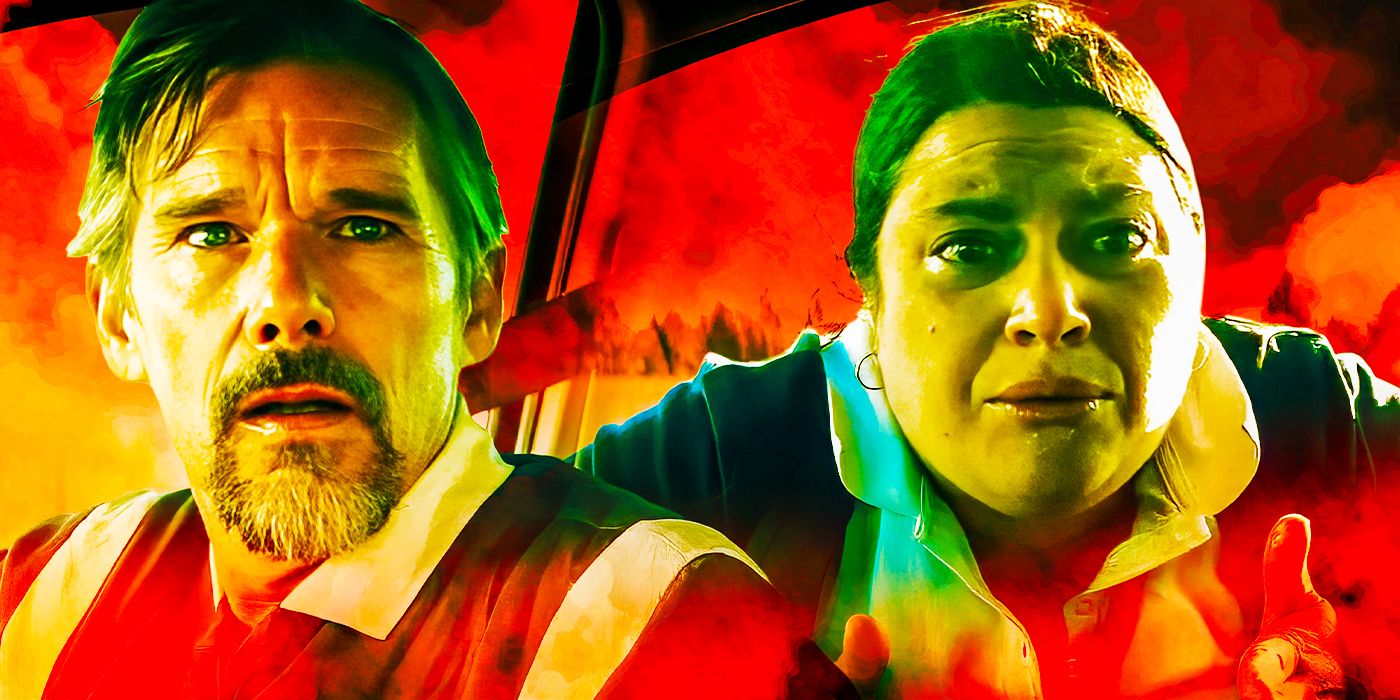
What That Lady Was Saying To Clay In Spanish In Leave The World Behind (Translation Explained)
Leave the World Behind never truly explains what the Spanish Lady told Ethan Hawke’s Clay, leaving viewers curious about what she wanted from him.
Why Friends Plays Such A Big Role In Leave The World Behind
Leave the World Behind’s Friends subplot captures the essence of its core theme
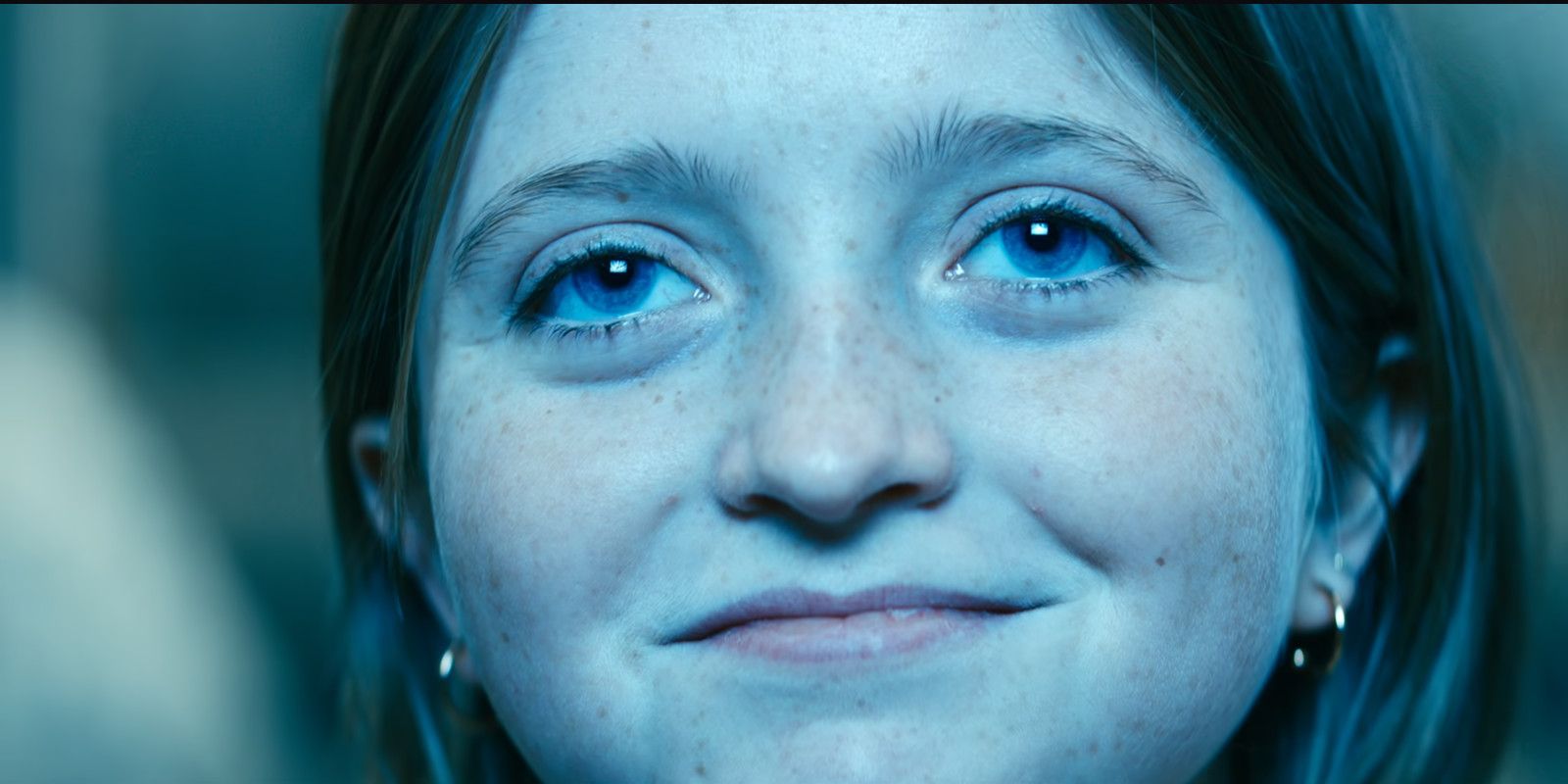
Rose’s obsession with finishing Friends and figuring out what happened to Ross and Racheal initially comes off as a subplot in Leave the World Behind. However, before the credits start rolling, it becomes evident that it is essential for the movie’s portrayal of how “media serves as both an escape and a reflection.” In an early moment in Leave the World Behind, Ruth acknowledges how she, too, has seen Friends but believes that it is “almost nostalgic for a time that never existed.” Ruth is old enough to realize that, like every other adult in the movie, because she has lived a significant chunk of her life without screens.
Rose and her brother, however, grew up during a time when it became easy to blind oneself to the day-to-day snags of the real world by escaping behind screens. When the world around her is crumbling, Friends becomes the perfect form of escapism for Rose because it diverts her focus from a complex world-ending event that no one understands to a simpler fictional storyline that she knows will have a happy ending. Owing to this, while the adults set out to solve the problems around them and grow increasingly anxious about their future, Rose gives up on the outside world and says, “If there’s any hope left in this f**ked-up world, I wanna at least find out how things turn out for them [Ross & Rachel].“
Leave The World Behind Uses Friends To Criticize Netflix
Leave the World Behind’s climactic Friends reference has a hidden detail
In its subtext surrounding escapism and existentialism, Leave the World Behind also uses its Friends subplot to take a jab at Netflix. In the movie’s closing moments, Rose finds a whole library of physical media in the Thornes’ underground bunker. Seeing it as an opportunity to finally finish Friends, Rose takes the show’s DVD and plays it on the bunker’s television. However, before the screen lights up her face with a bright shade of blue, the movie portrays how her finger moves past the “Netflix” icon on the remote to hit “Play.” This scene shows how streamable media has become useless in the apocalypse.
Netflix recently decided to ditch physical media, which received immense criticism, especially from those who grew up consuming movies and television from CDs, DVDs, and even cassette tapes. By highlighting how the world still needs physical media for entertainment and escapism, particularly when streaming is impossible, Leave the World Behind‘s ending scene highlights the common concerns surrounding the complete eradication of physical media and the potential consequences of relying too much on online content. Director Sam Esmail also confirmed (via Vulture) that the criticism was intentional.
The scene also seems to draw a contrast between the evolution of technophobia. Several horror movies in the early and mid-aughts portrayed how curses and supernatural beings traveled through physical forms of media to haunt people. This was a consistent theme in J-Horror movies like The Ring and Pulse. Leave the World Behind‘s ending shows how physical media fear is long gone. It, instead, makes one “nostalgic for a time that never existed.” The world’s dependence on online media, in contrast, strikes fear.
Leave The World Behind Isn’t The First Netflix Original To Criticize The Streaming Era
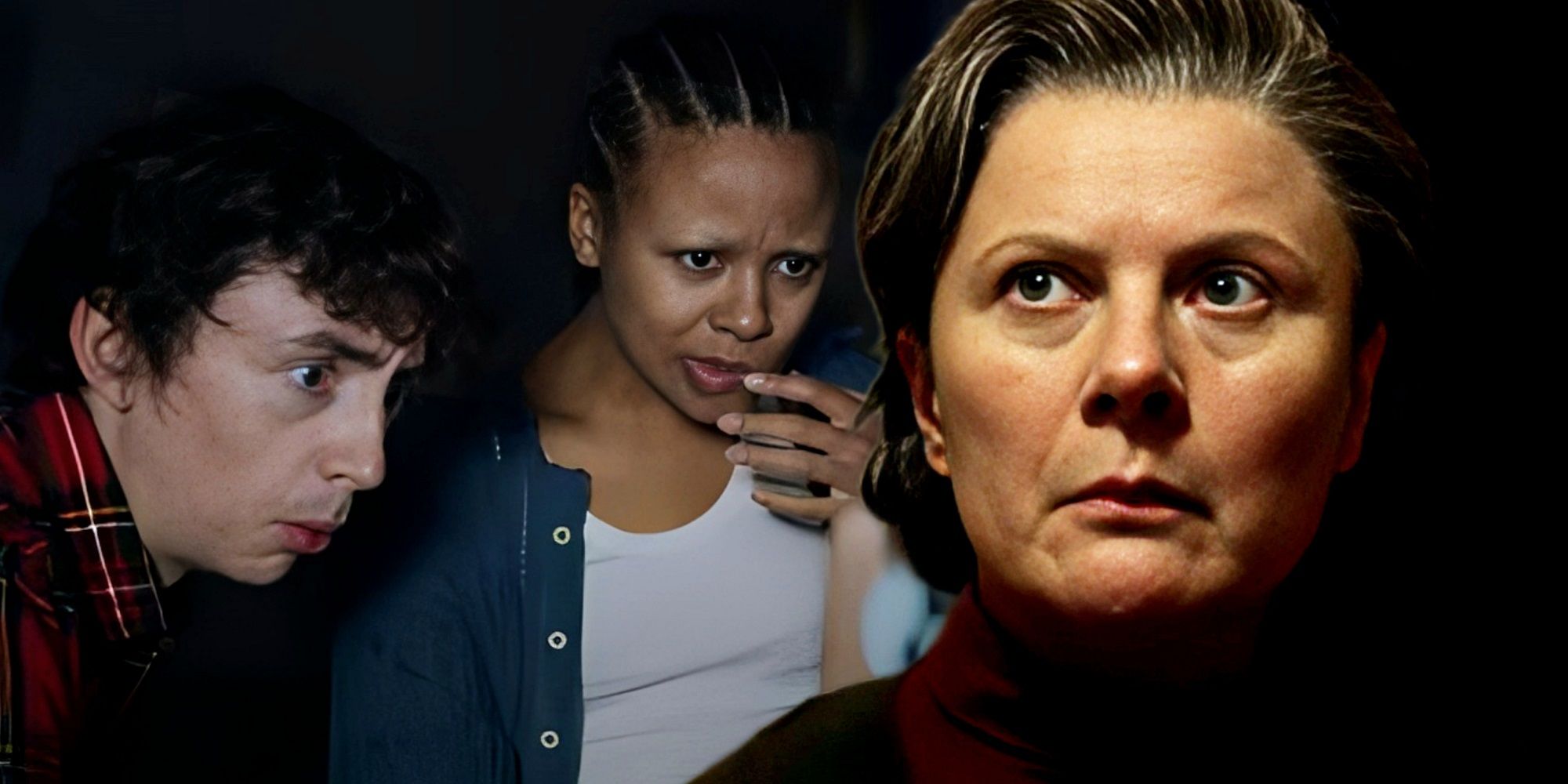
Like Leave the World Behind, Netflix’s Black Mirror season 6 is also extremely critical of the streaming giant’s creative choices and practices. Season 6’s episode 2, “Loch Henry,” walks audiences through the exploitation real people face when streaming platforms document their true-crime narratives for entertainment. While it may be surprising that Netflix is allowing so many shows and movies to be so openly critical about its inner workings, both Black Mirror and Leave the World Behind are more disapproving of entertainment and media as a whole, which does not directly harm the streamer’s reputation.
Leave the World Behind
Leave the World Behind
- Release Date:
- 2023-12-08
- Director:
- Array
- Cast:
- Array
- Runtime:
- 141 Minutes
